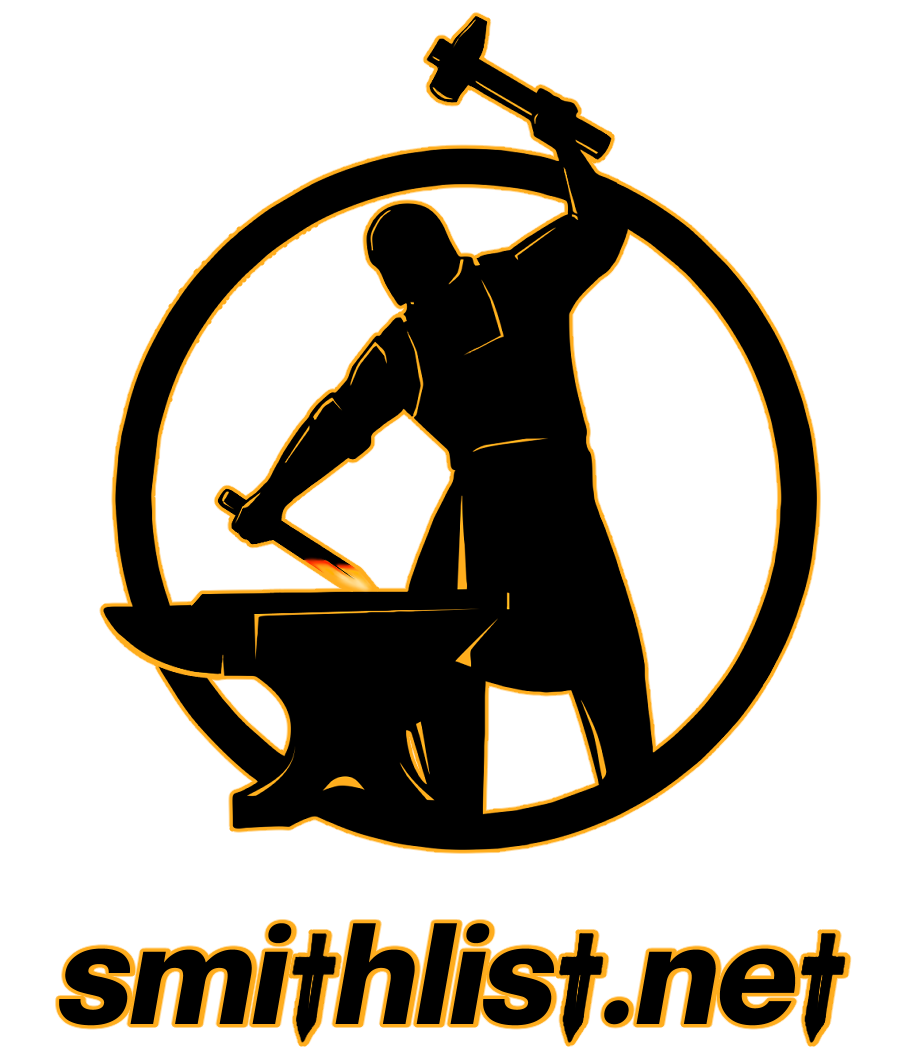When searching for junkyard steels used in Bladesmithing, Bladesmiths often seek out specific types of steel that can be reclaimed from various sources. These materials, once properly treated, can be transformed into high-quality blades. However, using reclaimed steel requires caution due to inconsistencies in composition, potential hidden defects, and the need for specific forging strategies. Below is a detailed list of common sources and the types of steel they usually contain.
Note: Are you bladesmith, blacksmith, related school, supplier or organization in North America? Smithlist is the largest and fastest growing directory and marketplace for all of the above. It is 100% free and only takes a few minutes to create an account and add yourself, get er done!
15 Common Junkyard Steels Used in Bladesmithing
Leaf Springs: Commonly made from 5160 steel, known for its resilience. Caution: These can have stress fractures from use.
Coil Springs: Often made from 5160 or 9260 types of steel. Caution: Similar to leaf springs, they may have micro-fractures. Recent testing on train coil springs revealed they were 5145.
Bearings: Typically made from 52100 steel, known for its wear resistance. Caution: They need proper annealing due to their high carbon content.
Files and Rasps: Generally made from high carbon steels like W1 or W2. . Caution: These tools are very brittle until they are annealed. Newer files may be case hardened which you do not want. To check for this you can do a “snap test”.
Saw Blades: Large old sawmill or bandsaw blades may be L6 or O1 steel. Caution: Potential cracks and inconsistency in the steel’s composition.
Farrier’s Rasps: Some rasps have recently been tested and came out as 1018, I am sure othr high carbon steels are used as well. Caution: They are very hard and need to be annealed and carefully forged.
Railroad Spikes: High-carbon variants are usually marked “HC” and are made of medium carbon steel, not high enough for good edge retention. Caution: Not suitable for high-quality blades.
Disc Brake Rotors: These are cast iron or cast steel. Caution: Inconsistent quality and generally poor for blades without significant refinement.
Chainsaw Chains: These are often a type of tool steel, sometimes similar to L6. Caution: The steel may contain various alloys, making heat treatment complex.
Old Tools (Wrenches, Hammers): These could be made from a variety of steels, including medium carbon steels. Caution: Composition uncertainty requires testing to ensure quality. You should not put tools with chrome on them in your forge, it will create noxious and dangerous fumes.
Steel Cable/Wire Rope: Often 1080 or 1095 steel, suitable for Damascus-style blades. Caution: Must be forge-welded under very clean conditions to avoid inclusions.
Lawnmower Blades: Typically a low-grade steel or sometimes 1095. Caution: Prone to hidden cracks and not always high-carbon steel.
Ax Heads: Older ax heads may be 1060 or similar. Caution: Potential for cracks and need careful inspection and possible repair forging.
Chisels: Older chisels are often high-carbon steel, similar to O1. Caution: They are often already heat-treated and can be very brittle or have hidden wear.
Automotive Coil/Valve Springs: These are often made of silicon-manganese steel or chromium-silicon steel. Caution: They are subject to stress and potential micro-fractures.
When using these materials, it’s crucial to understand that they were not originally intended for bladesmithing. Bladesmiths must be cautious about potential impurities, structural weaknesses, and the specific quenching and tempering needs of each type of steel.
It’s often necessary to normalize or anneal these steels before working them (if working cold such as stock removal), to reduce internal stresses and ensure more predictable forging and heat-treating results. Always approach reclaimed materials with the understanding that there may be a learning curve and some trial and error involved.

